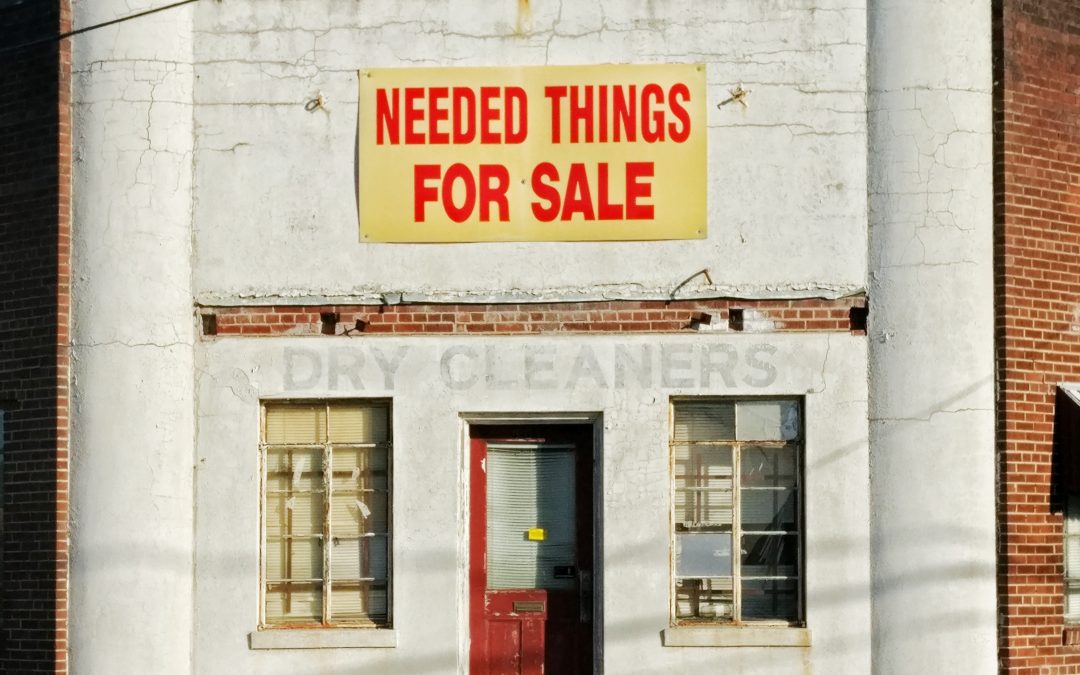If a product business, retail or wholesale, doing a million dollars a year in cost of sales, operating at an anemic two turns per year, improves by just a quarter turn, on average, that business will have roughly $55,000 more cash in hand throughout the year.
For a small business that is real money. Add a zero to the COS and it is now big money. Move into recommended rates of turnover like 3.0 x or higher and the sun comes out after a heavy rain storm.
This is liquidity. The Holy Grail of inventory-based businesses.
I have a nameless friend who sells inventory. She owns or touches none of it. She gets paid by her customers thirty or more days before she must pay her suppliers. This is The Grail on Viagra. Don’t tell anyone.
How close can you come to planning for, executing and measuring these kinds of inventory velocity improvements? Do you know and track turns at a category or product level? How about category-level gross margins?
The dynamic interplay between gross margin and turnover is usually referred to as GMROI, or “Jimroy”. This always reminds me of a cocktail. GMROI is a “leveller” allowing us to compare categories or products that necessarily behave differently. High turns and high margins are another coveted situation, but it can’t always be that way. Ask anyone selling shoes. To sell one pair often requires stocking dozens of sizes, colors and widths.
I have another pal with a retail store who is independently wealthy. He doesn’t need it but he just enjoys retail. He is just fine holding levels of inventory equivalent to his annual sales, and keeping items that more properly belong in a museum. This would be called a “not for profit” business. Few, if any of us, are in that position.
So, to survive, grow and stay liquid, all of us buying and selling stuff need to embrace robust, deeper-level Merchandise Planning and Inventory Control processes.
The thing about planning is, however, that things never turn out the ways we wanted. Sometimes better, sometimes not. Right now, for any inventory-based business, I should be creating a granular and detailed Merchandise Plan for at least Q1 and Q2 of 2019, depending on my supply chain and lead times. That plan will rest on how I finish 2018. How do I know that today? What if January and February suck (technical merchandise manager term)?
Complicating things further, we never sell everything we buy for full pop. There have been exceptions: Mazdas way back when, IPhones, Herman Miller chairs. But the rest of us always experience markdowns or margin erosion. In fact, it’s a good thing. Selling through and selling out at full price is good in one view, but how much more could we have sold had we owned more? It’s like a test everyone gets an “A” on. After all, as we say, we bank dollars, not percentages. Blending 90% sales at full price with 10% marked down on a 10% sales increase makes us more money.
I had a nincompoop CFO once tell me planning for markdowns was planning for failure. Thankfully we didn’t allow him to write any PO’s.
So, in order to roll with the punches, go with the flow and meet our goals, our tools must be dynamic, and we must have the discipline and the operating model to monitor changes and results on a regular basis. Retailers call this inventory data circus “open to buy”. Wholesalers might as well too.
Ultimately we want to meet our sales and margin goals, and frankly, if we always could, none of this would be necessary. We would make our buys in advance, plan sales and margins accordingly, apply the most efficient inventory purchases against those sales and make bank. Perhaps there is a world far, far away…
In anything more complicated than a ten-product business, this takes software, processes and trained buyers.
This inventory management world is a core competency for us at O’Keeffe Consulting.
Let us help you!
-Geoff O’Keeffe

Recent Comments